Explainer: Why US military buildup in Persian Gulf signifies open provocation?
By Hassan Ahmedi
On August 3, the US military announced a plan to deploy armed troops on commercial ships in the Strait of Hormuz, continuing the unilateral measures to stoke instability in the Persian Gulf.
The latest provocation was reported by Western media outlets, citing four anonymous US officials, who said the final decision was yet to be made and that the deployment will be carried out at the request of civilian ships.
The announcement came just when the landing ship USS Carter Hall and the amphibious assault ship USS Bataan were on their way to the Persian Gulf, carrying thousands of US marines and sailors.
In a statement on Monday, US Naval Forces Central Command said more than 3,000 Marines and sailors arrived in the West Asian region, proving earlier media reports right.
Last month, US Defense Secretary Lloyd Austin ordered the escalation "in response to recent attempts by Iran to seize commercial ships" in West Asia, according to a statement from US Central Command.
How did the US military buildup begin?
In May this year, the White House announced that the Joe Biden administration plans to make a series of moves in the Persian Gulf region, without specifying what those moves would include.
In mid-July, Pentagon spokeswoman Sabrina Singh stated that the Department of Defense is increasing its presence “to monitor the Strait of Hormuz and surrounding waters," revealing some military details.
The Pentagon announced the deployment of A-10 Thunderbolt II attack bombers, F-16 and F-35 fighters, as well as the guided-missile destroyer USS Thomas Hudner (DDG-116).
In the following days, the deployment of USS Carter Hall and USS Bataan was also announced.
The latter was already deployed off Iran's coast in January 2020 when the US and Iran were on the brink of war over the assassination of Iran’s top anti-terror commander, Lt. Gen. Qasem Soleimani.
What is the pretext of US militarization?
Official US explanations for deploying new forces in the Persian Gulf are alleged Iran's “harassment of free navigation” and accusations that it contributes to “regional instability.”
In reality, as experts opine, it is the US that began harassing ships and tankers with Iranian exports, forcing sailors to dock at unscheduled ports, seizing the cargo and selling it to its own companies.
These US illegal activities were part of former US President Donald Trump's so-called maximum pressure campaign against Iran and the purpose was to isolate Iran commercially from the world.
Things, however, didn't go according to plan for Washington as Iran retaliated in full measure, targeting the ships of states and companies that took direct part in American piracy.
Iran's retaliatory campaign has proven to be an effective method of deterrence, and today no energy company wants to buy stolen Iranian oil from tankers on a forced berth in Texas, fearing repercussions.
What is the real reason for US militarization?
The US military muscle-flexing in the Persian Gulf has to be seen in the context of the US military-industrial complex’s malicious plans against Iran and security and stability in the region.
First, the US wants to discourage Iran from retaliatory measures and seeks to send a message to energy companies that they can freely buy stolen Iranian oil.
This indicates that Washington has no intention of stopping piracy activities and economic warfare against the Islamic Republic of Iran, but only plans to intensify it in the near future.
Furthermore, the US is evidently miffed with the diplomatic rapprochement between Iran and the Arab states of the Persian Gulf, as well as their efforts to control their seas with a joint naval coalition.
Washington wants to convince the Arab countries that it is more beneficial for them to continue the hostility with Iran and look for rapprochement with the Israeli regime, signaling that it will be their guardian and that the US Navy will be a buffer zone.
The most important reason for American militarization in the Persian Gulf can be read from the statements of Israeli regime officials, who in recent years have repeatedly asked Washington to reject the nuclear agreement (JCPOA) and to threaten Iran with military buildup.
The refusal of the Biden administration to return to the nuclear deal and lift sanctions as well as the latest deployment of forces testify that the US administration, regardless of party affiliations, unquestioningly follows the Zionist warmongering policy on Iran.
What is Iran's response?
Iran has responded to the deployment of US military forces in the Persian Gulf in kind, strengthening its own coastal and maritime presence, holding military exercises and publicly unveiling new weapons.
On August 2, the Islamic Revolution Guards Corps (IRGC) Navy started drills close to the three islands of Abu Musa, the Greater and Lesser Tunbs, as well as the lesser-known island of Nazeat.
Various units of the IRGC Navy, including the combat, naval, missile, drone, rapid reaction, electronic warfare and airborne units, backed by the IRGC Aerospace Force, exercised a range of military tactics.
The IRGC has deployed various types of weapons and equipment in the drills, most notably the Abu Mahdi naval cruise missile with a range of over 1000 km.
Abolfazl Shekarchi, the spokesman for the Iranian Armed Forces, warned the US that it has no place in the Persian Gulf, the Sea of Oman and the Indian Ocean, adding that regional countries are capable of maintaining security on their own.
In remarks on Monday, IRGC spokesman Brigadier General Ramezan Sharif warned the US against any act of mischief in the region, including the seizure of Iranian ships.
“Iran has reached such a high degree of power and capability that can respond in kind to any US action and mischief [in the region], including the seizure of ships,” he was quoted as saying.
His remarks were in response to the US Naval Forces Central Command (CENTCOM) announcement that the US Navy has deployed more than 3,000 sailors and Marine forces to West Asia under the pretext of protecting ships and vessels crossing the main waterways in the strategic region.
Hassan Ahmedi is a security affairs strategist with focus on West Asia.
IRGC developing new kamikaze drone armed with smart loitering munitions
VIDEO | Press TV's news headlines
Host Saudi raises concerns over economic impact of Gaza war at global summit
Iranian students voice solidarity with pro-Gaza rallies in West
Iran slams US ‘violent crackdown’ on pro-Palestine student protests
Russia says shot down 17 Ukrainian drones
VIDEO | Pakistan's opposition groups warn US against interference
‘Mandela cause still alive’: Iran FM hails South Africa’s pro-Palestine stance


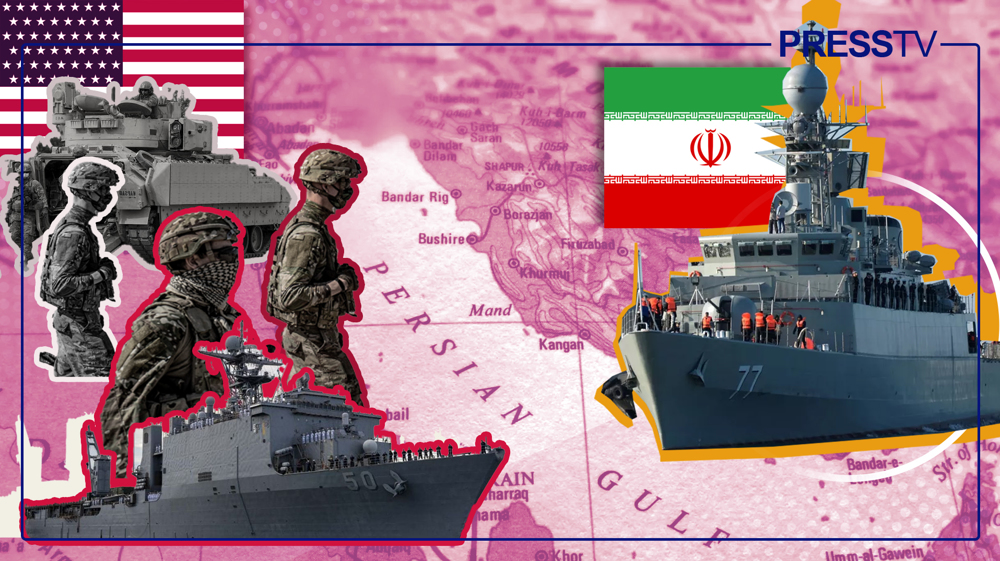







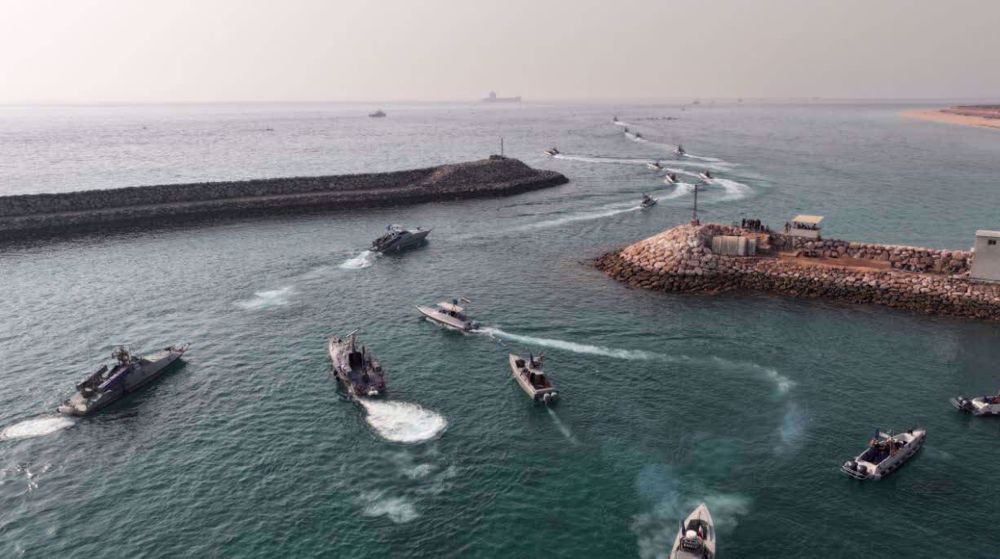
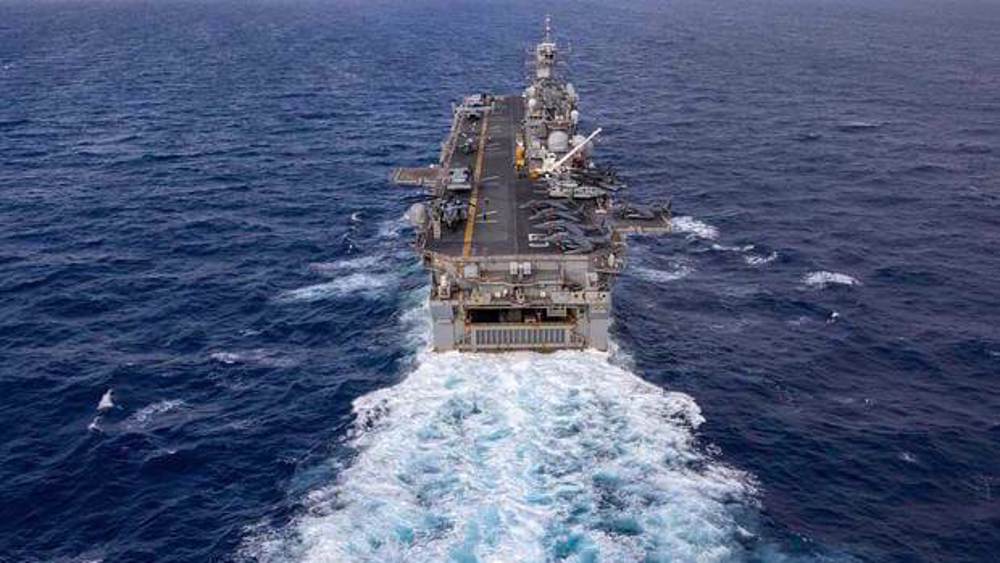
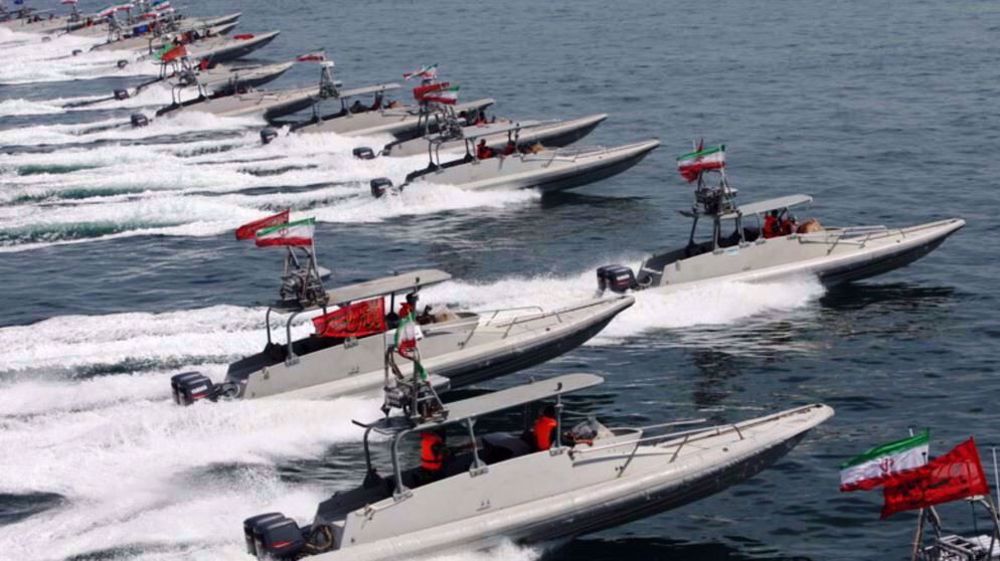
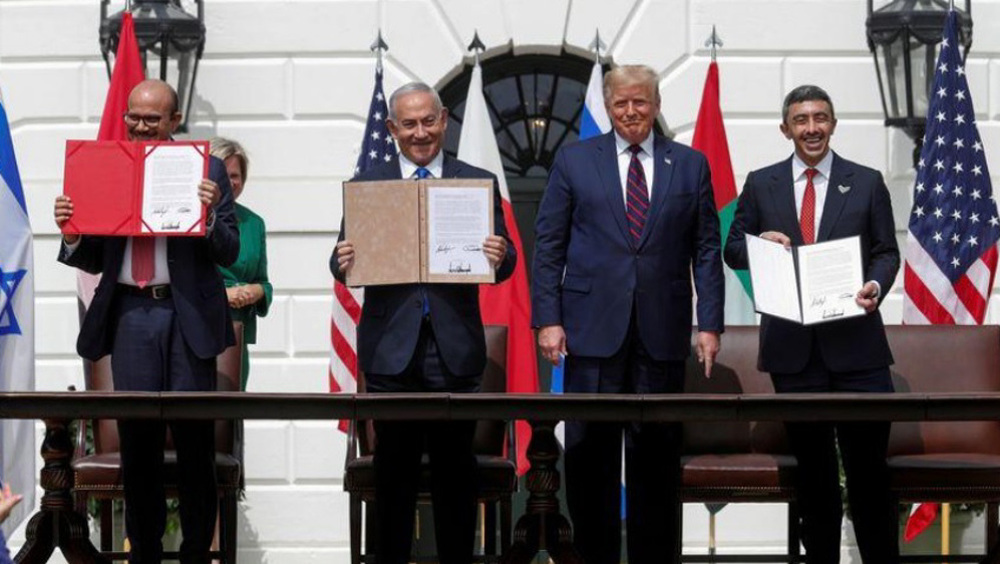

 This makes it easy to access the Press TV website
This makes it easy to access the Press TV website